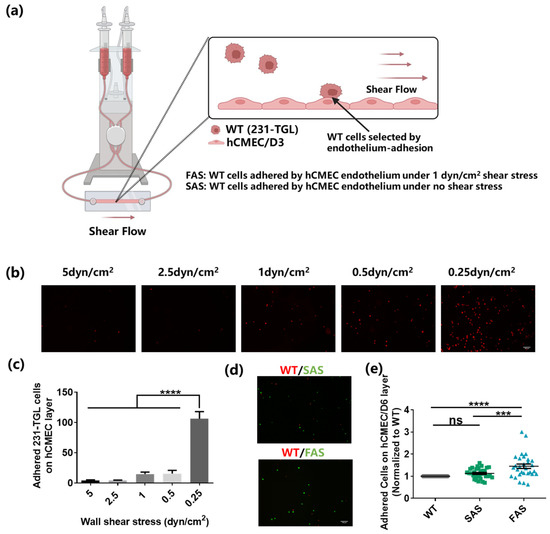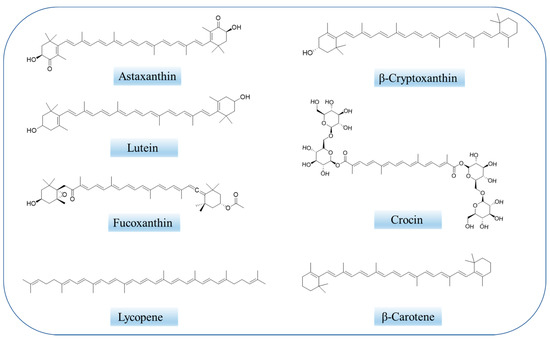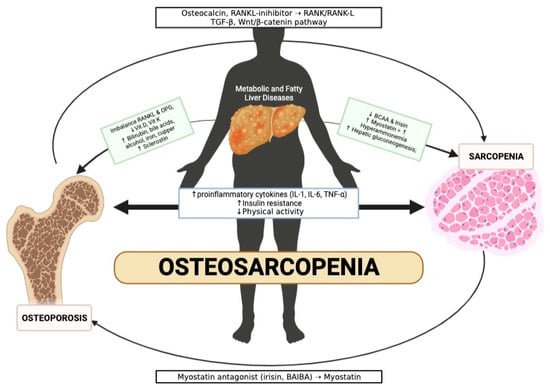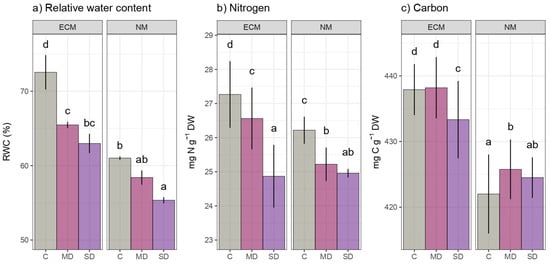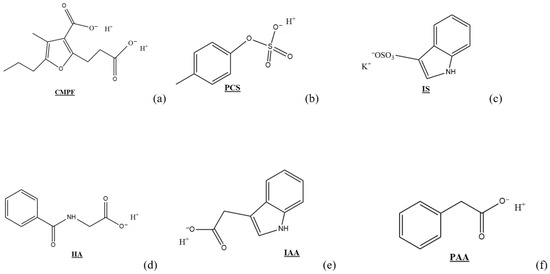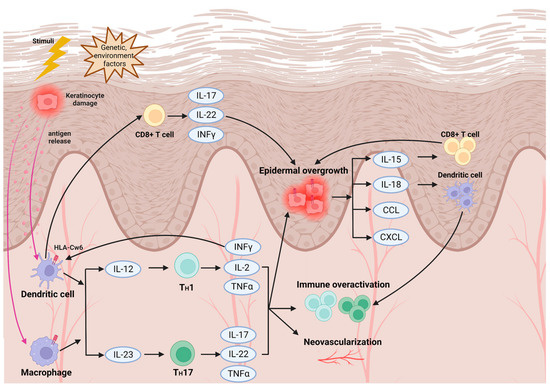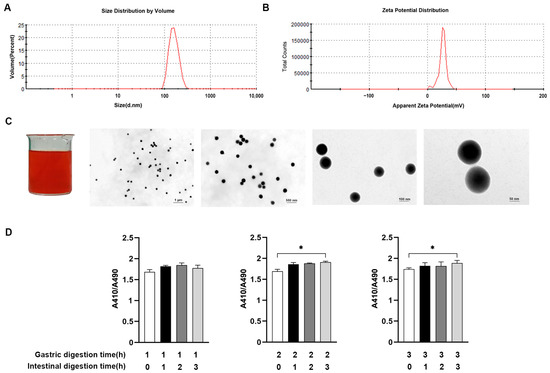Int. J. Mol. Sci. 2023, 24(8), 7137; https://doi.org/10.3390/ijms24087137 - 12 Apr 2023
Cited by 16 | Viewed by 3330
Abstract
Alpha-synuclein (α-Syn) is a short presynaptic protein with an active role on synaptic vesicle traffic and the neurotransmitter release and reuptake cycle. The α-Syn pathology intertwines with the formation of Lewy Bodies (multiprotein intraneuronal aggregations), which, combined with inflammatory events, define various α-synucleinopathies,
[...] Read more.
Alpha-synuclein (α-Syn) is a short presynaptic protein with an active role on synaptic vesicle traffic and the neurotransmitter release and reuptake cycle. The α-Syn pathology intertwines with the formation of Lewy Bodies (multiprotein intraneuronal aggregations), which, combined with inflammatory events, define various α-synucleinopathies, such as Parkinson’s Disease (PD). In this review, we summarize the current knowledge on α-Syn mechanistic pathways to inflammation, as well as the eventual role of microbial dysbiosis on α-Syn. Furthermore, we explore the possible influence of inflammatory mitigation on α-Syn. In conclusion, and given the rising burden of neurodegenerative disorders, it is pressing to clarify the pathophysiological processes underlying α-synucleinopathies, in order to consider the mitigation of existing low-grade chronic inflammatory states as a potential pathway toward the management and prevention of such conditions, with the aim of starting to search for concrete clinical recommendations in this particular population.
Full article
(This article belongs to the Special Issue Neurobiology of Protein Synuclein)
►
Show Figures

